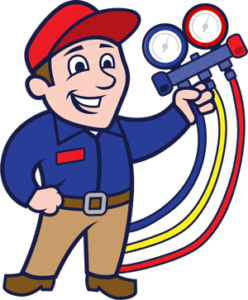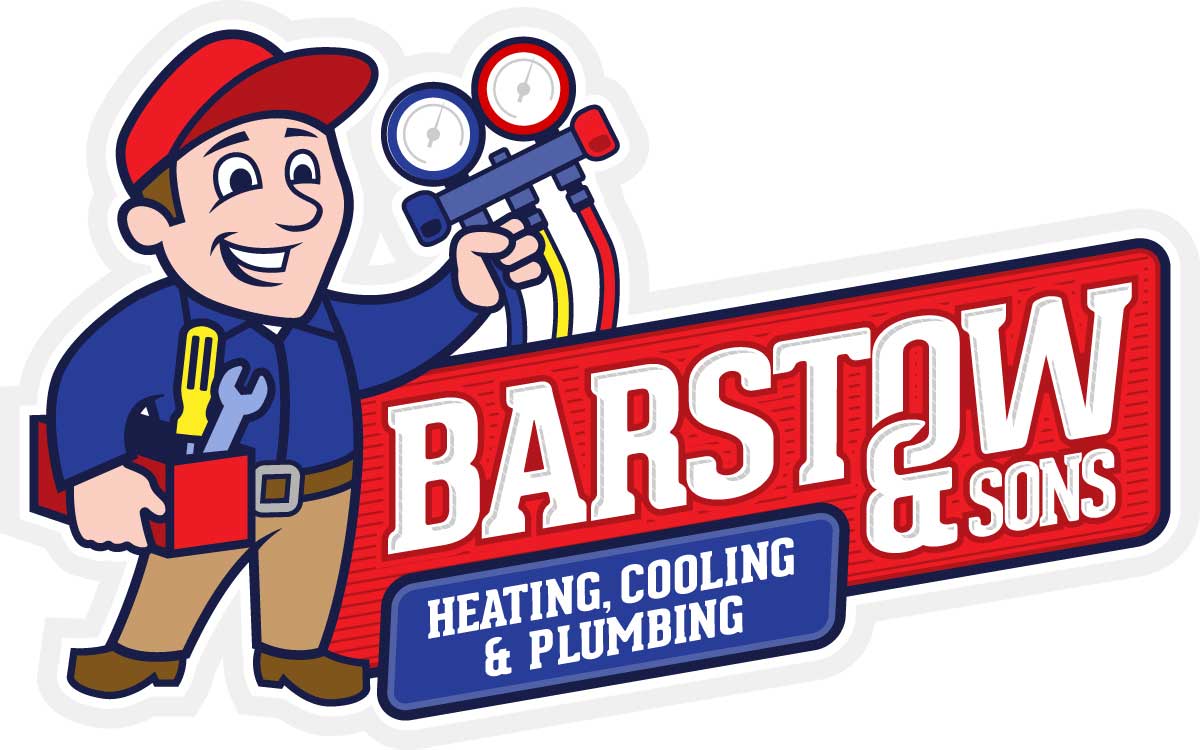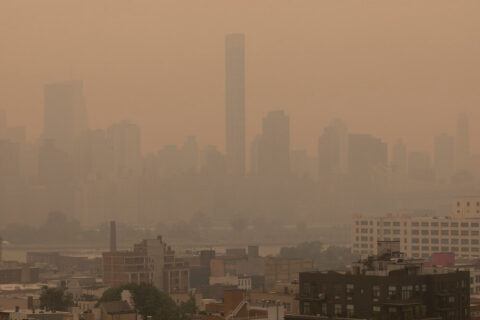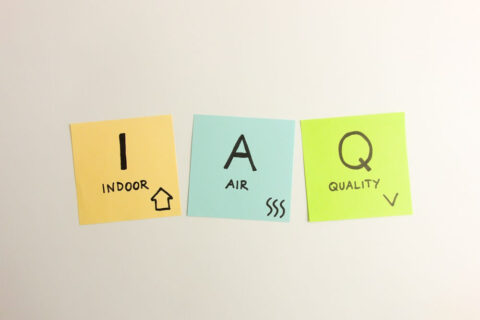Carbon Monoxide Impact on Indoor Air Quality
Indoor air quality is essential to maintain a healthy and safe home environment. Unfortunately, many homeowners neglect one big threat to indoor air quality – carbon monoxide. Carbon monoxide is a tasteless, odorless, and colorless gas that can pose a significant threat to your health and safety, especially if you don’t take the right precautions. According to the Centers for Disease Control and Prevention, more than 400 people die and approximately 100,000 visit emergency rooms each year in the United States due to accidental carbon monoxide poisoning. As a byproduct of inefficient combustion of fuel, carbon monoxide buildup in the home can cause severe health concerns. For customers of Barstow & Sons Heating and Cooling in Annapolis & Pasadena, MD, read on to learn about the impact of carbon monoxide on indoor air quality and the measures you can take to enhance your home safety.
What is Carbon Monoxide?
Carbon monoxide (CO) is a silent killer that is often referred to as the “invisible killer”. It’s a gas that is odorless, colorless, and tasteless, making it virtually impossible to detect without a specialized detector. Carbon monoxide is produced by the incomplete combustion of fossil fuels, such as gas, oil, wood, and coal. The gas can accumulate in enclosed or poorly ventilated areas, like garages, basements, and attics, where it can quickly reach lethal concentrations.
Sources of CO in the Home
The primary source of CO in homes is faulty heating equipment, such as furnaces, water heaters, and fireplaces. Other sources of CO include gas-powered generators, gas range and oven, and charcoal grills used in enclosed spaces. CO can also enter your home from nearby garages, idling vehicles, or exhaust emissions from nearby roadways.
Why is Carbon Monoxide Poisoning a Threat?
When we inhale too much carbon monoxide, it replaces the oxygen in our blood, leading to symptoms such as headaches, dizziness, and nausea. In severe cases, it can cause unconsciousness and even death.
Who is At Greater Risk of CO Poisoning
Some individuals are at greater risk of CO poisoning than others. Infants, elderly people, and those with underlying medical conditions, such as heart and lung disease, are the most susceptible to carbon monoxide poisoning. Additionally, people who smoke, use alternative heating sources, or live in homes with poor ventilation are also at a higher risk. Therefore, it’s essential to be vigilant about the potential dangers of carbon monoxide and protect yourself and your loved ones. (Pets are also at risk from CO poisoning so keep an eye out for changes in their behavior as well.)
Average Indoor CO Levels – What is Safe
The average indoor CO level ranges from 0.5 – 5 parts per million (ppm) and is considered safe for human exposure. However, if the level exceeds 9ppm, it can cause serious health problems. The longer someone is exposed to higher CO levels, the more severe the symptoms can become. Therefore, it’s crucial to keep indoor CO levels below 9 ppm to prevent CO poisoning.
Methods of Measurement
You can measure indoor CO levels using various methods, including CO detectors and carbon monoxide testing tools. CO detectors are the simplest way to detect CO levels in your home and come in different types, such as battery-powered and hard-wired detectors. Carbon monoxide testing tools, such as handheld meters, can accurately measure CO levels in your home and identify sources of CO emissions. Professional HVAC technicians can test and inspect your home’s heating and cooling systems to prevent CO emissions and ensure your family’s safety.
About Carbon Monoxide Detectors (And When to Replace)
Carbon monoxide detectors are your first line of defense against CO poisoning. These devices can detect CO levels in your home and alert you to potential dangers. However, you need to ensure that your detectors are working correctly and replacing them when necessary. According to the US Consumer Product Safety Commission, you should replace your CO detectors every five to ten years, depending on the model, to ensure optimal performance. Additionally, you should change the batteries regularly to ensure the detector’s functionality.
Prevention and Detection of CO
At Barstow & Sons Heating and Cooling, we care about our customers’ safety and wellbeing. So, we have come up with some essential steps that you can take to prevent carbon monoxide poisoning in your home. Here are five:
- Identify and Inspect Fuel-Burning Appliances: Most fuel-burning appliances like stoves, dryers, and heaters emit carbon monoxide gas when functioning. It is essential to identify these appliances and ensure that they are functioning correctly and well-maintained without leaks or cracks. Some appliances require professional inspection and maintenance, and it’s vital to get them checked periodically by trained technicians.
- Invest in Carbon Monoxide Detectors: Carbon monoxide detectors are the best bet against this deadly gas in your homes. They are available at most home improvement stores and are easy to install. The detectors sense the gas and alert you when it crosses a certain level of concentration. Keeping them up-to-date and testing the alarms periodically will ensure that they can provide adequate protection against the gas.
- Ventilation and Fresh Air: Proper ventilation and air circulation are critical to prevent the build-up of carbon monoxide in indoor spaces. Ensure that your home has proper ventilation, and that windows and doors allow air and circulation of fresh air. Never use fuel-burning appliances in enclosed or confined spaces and avoid using gasoline-based appliances indoors.
- Be Aware of Symptoms of Carbon Monoxide Poisoning: Be aware of the warning signs and symptoms of carbon monoxide poisoning. The symptoms may include headaches, nausea, dizziness, confusion, or shortness of breath. If you or anyone in your household experiences these symptoms and feels unwell, it is essential to contact emergency services immediately and leave the premises until it’s safe to return.
- Education: Educate yourself and your family members on the dangers and risks of carbon monoxide poisoning. It’s crucial to impart this knowledge to your children and elderly to ensure that everyone knows the right steps to take in case of an emergency.
Contact Barstow & Sons Heating and Cooling
Carbon monoxide is a potent danger to your home’s indoor air quality and its occupants. Its effects can be severe and sometimes fatal. However, there are practical measures that homeowners can take to minimize the risk of CO poisoning. Always prioritize regular maintenance and service of your heating equipment by a professional HVAC contractor, and ensure you install carbon monoxide detectors in your home, tested regularly, and have backup batteries. Trust Barstow & Sons Heating and Cooling professionals to ensure your home’s indoor air quality remains healthy and safe. Contact us today for an HVAC inspection!



